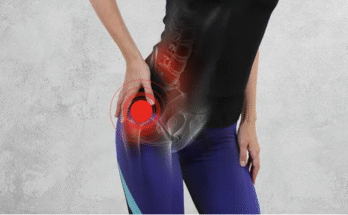The Mystery of the Swollen Knee: Understanding Unilateral Knee Swelling
One knee swollen, the other perfectly fine? This asymmetrical swelling can be concerning, prompting questions about its cause and severity. Unlike bilateral knee swelling, which often points to systemic conditions, unilateral swelling usually signals a localized problem within the affected knee. Let’s delve into the potential culprits.
Common Causes of Unilateral Knee Swelling
Several factors can lead to swelling in just one knee. Understanding these possibilities empowers you to seek appropriate medical attention when necessary.
1. The Impact of Injury and Overuse
The most frequent cause is trauma, either a single significant event or the cumulative effect of repetitive strain. You may not even recall the precise moment of injury, especially with repetitive motion injuries. Potential issues stemming from injury include:

- Ligament damage: Sprains or tears of the Anterior Cruciate Ligament (ACL) or Medial Collateral Ligament (MCL).
- Meniscus tears: These cartilage tears can cause significant swelling and pain.
- Patellar dislocation: Dislocation of the kneecap leads to obvious swelling and instability.
- Fractures and bone bruises: These injuries can cause considerable swelling and pain, sometimes without obvious external signs of trauma.
Swelling from injury typically manifests within hours and is often accompanied by pain, stiffness, and a sense of instability in the knee joint.
2. The Role of Irritation: Bursitis
Bursae are small, fluid-filled sacs acting as cushions within the knee joint. Inflammation of these sacs, known as bursitis, often results from pressure, trauma, or prolonged kneeling. Prepatellar bursitis (often called “housemaid’s knee”) is a common example, causing noticeable swelling at the front of the knee, typically affecting only one knee.
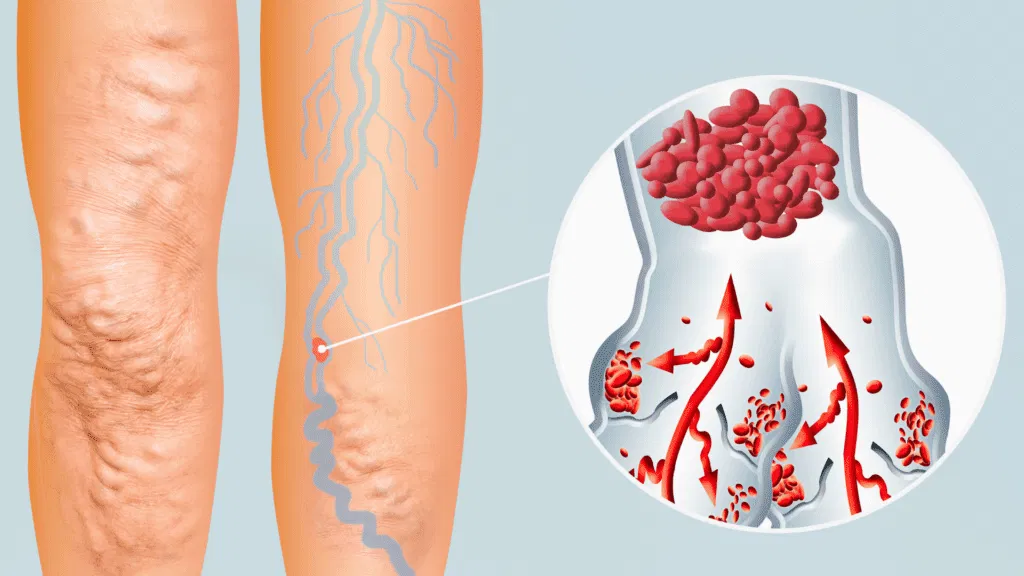
3. Infection: A Serious Consideration
Septic arthritis, a serious knee joint infection, can cause rapid onset swelling, redness, warmth, and intense pain confined to one knee. This is often accompanied by fever and chills and requires immediate medical intervention. A procedure called joint aspiration may be necessary to drain the infected fluid.
4. Crystal-Related Arthritis: Gout and Pseudogout
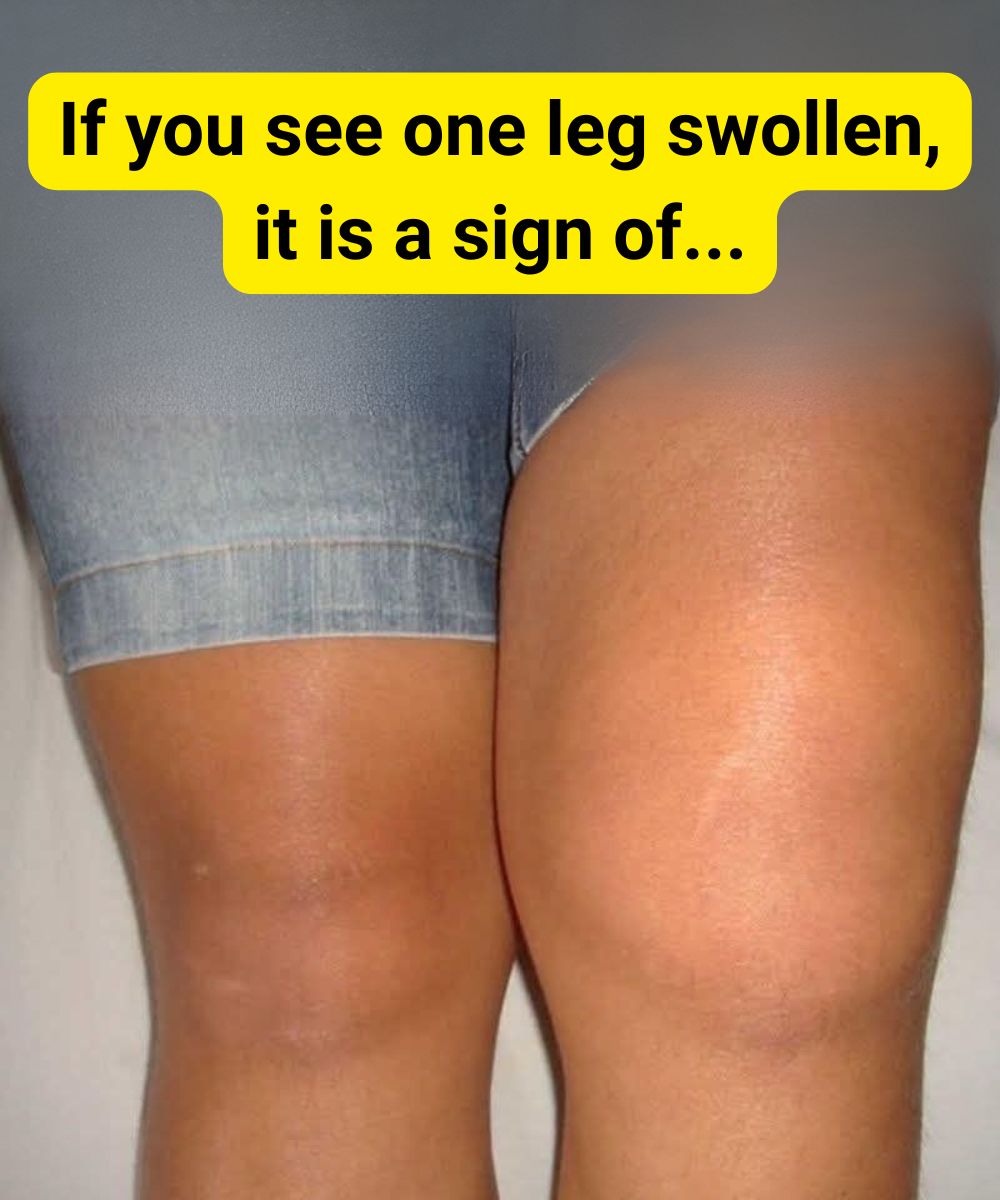
Sudden, intensely painful swelling can indicate gout or pseudogout. Gout, caused by uric acid crystal deposits, and pseudogout, involving calcium pyrophosphate dihydrate crystals, often affect only one joint at a time, potentially recurring periodically.
5. The Onset of Osteoarthritis: A Localized Beginning
While osteoarthritis commonly affects both knees eventually, it can initially manifest in just one. This is particularly true if that knee has a history of injury or carries a disproportionate amount of weight. Swelling may be mild to moderate, worsening with activity.
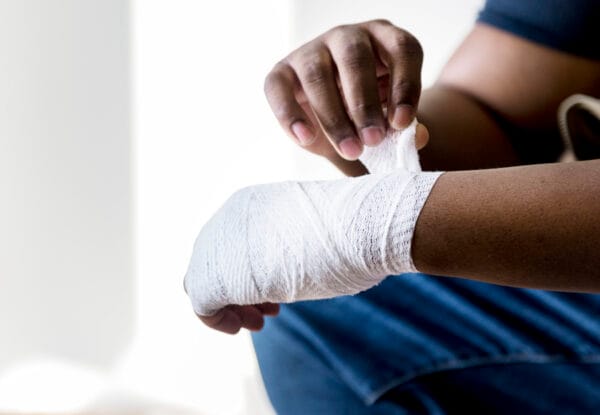
6. Baker’s Cysts: Swelling at the Back of the Knee
A Baker’s cyst is a fluid-filled sac developing behind the knee. Frequently caused by underlying conditions like arthritis or meniscus tears, it can cause a feeling of tightness and swelling, particularly noticeable when bending or straightening the leg.
7. Blood Clots and Circulation Problems: A Rare but Serious Possibility
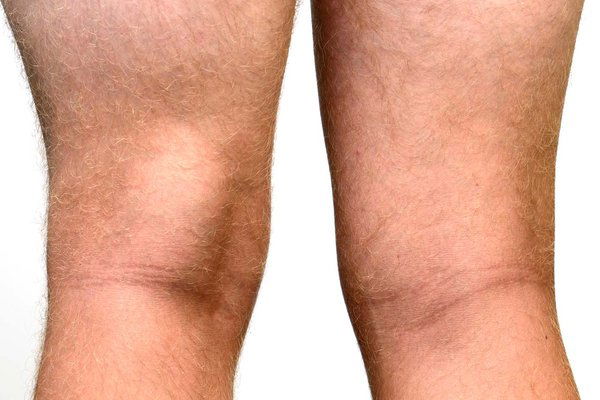
Although less common, a deep vein thrombosis (DVT), or blood clot in the leg, can present as knee swelling, often accompanied by calf swelling, warmth, and pain. This constitutes a medical emergency requiring immediate attention.
When to Seek Professional Medical Help
While some knee swelling may resolve on its own, certain situations warrant immediate medical attention. Seek help if:
- Swelling is abrupt, severe, or accompanied by fever.
- The knee is hot, red, and exquisitely painful to the touch.
- You’re unable to bear weight or bend your knee.
- Swelling persists for more than a few days without improvement.
Conclusion: Prioritizing Knee Health
Unilateral knee swelling, while not always a cause for alarm, requires vigilance. The diverse range of potential causes—from minor injuries to serious infections—highlights the importance of seeking a proper diagnosis. Early diagnosis ensures appropriate treatment and promotes long-term knee health.


